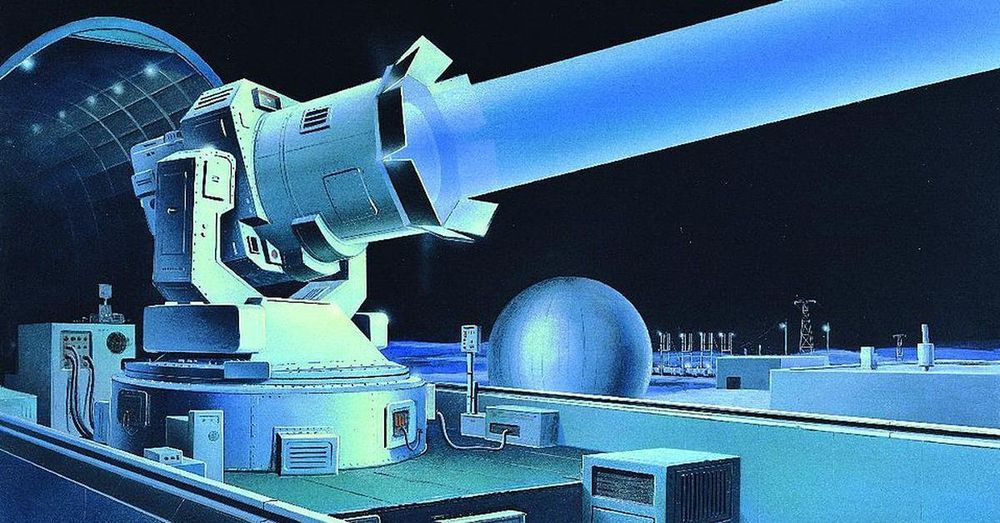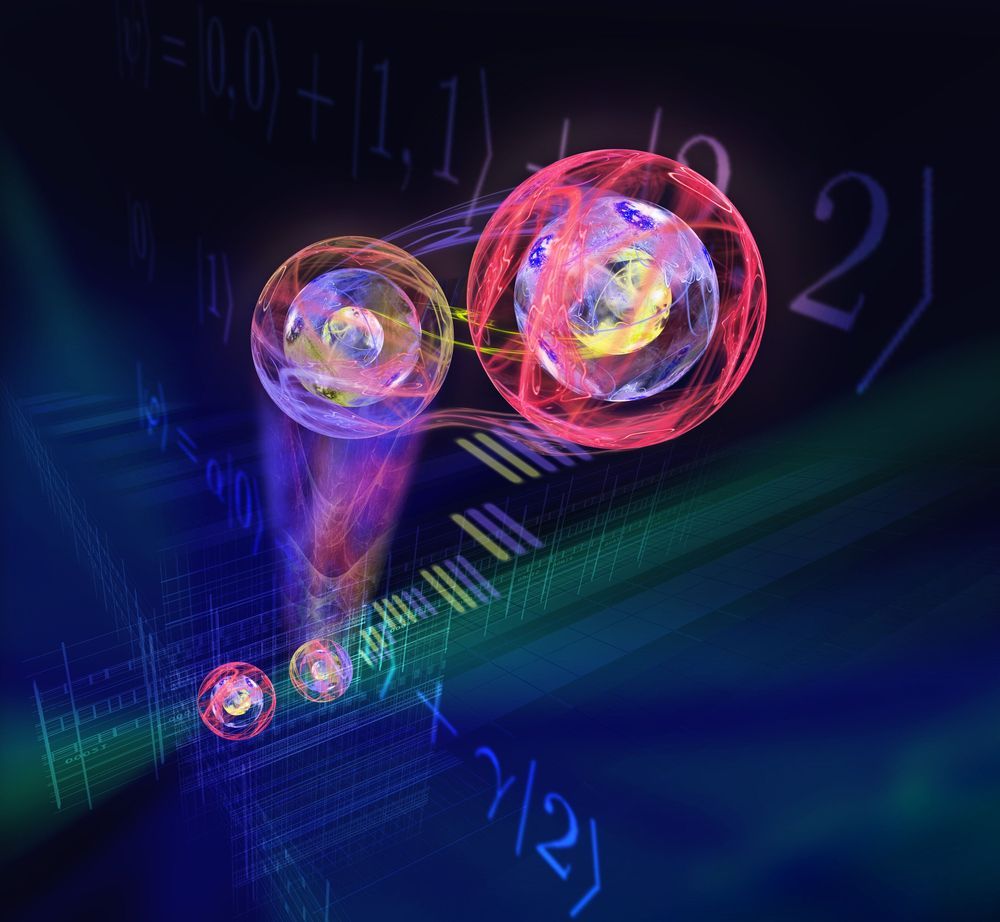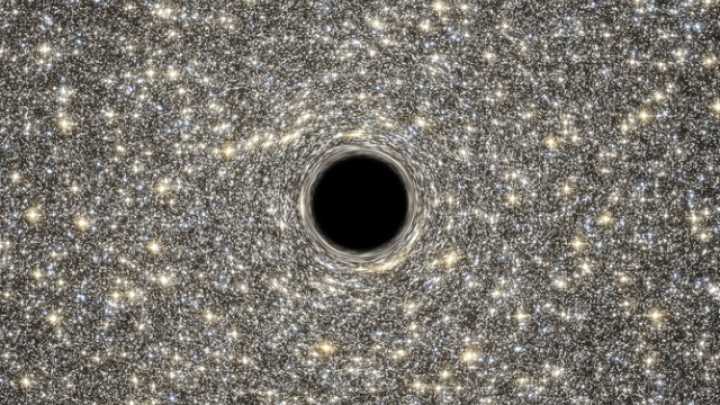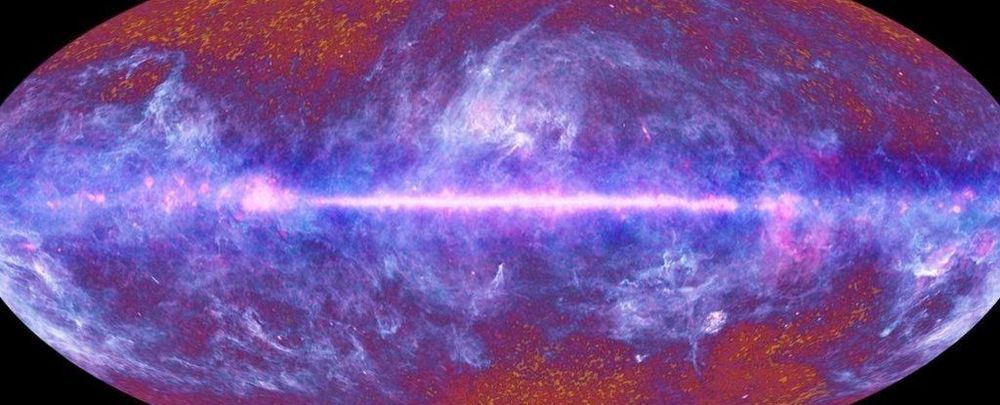David Lindell, a graduate student in electrical engineering at Stanford University, along with his team, developed a camera that can watch moving objects around corners. When they tested the new technology, Lindell wore a high visibility tracksuit as he moved around an empty room. They had a camera that was aimed at a blank wall away from Lindell, and the team was able to watch all of his movements with the use of a high powered laser. The laser reconstructed the images through the use of single particles of light that were reflected onto the walls around Lindell. The newly developed camera used advanced sensors and a processing algorithm.
Gordon Wetzstein, assistant professor of electrical engineering at Stanford, spoke about the newly developed technology.
“People talk about building a camera that can see as well as humans for applications such as autonomous cats and robots, but we want to build systems that go well beyond that,” he said. “We want to see things in 3D, around corners and beyond the visible light spectrum.”









 Last year, Pentagon mad science arm DARPA was working on one of its wildest projects yet: a microchip-sized nuclear reactor. The program is now officially done, the agency says. But these sorts of far-out projects have a habit of being reemerging under new managers and new names.
Last year, Pentagon mad science arm DARPA was working on one of its wildest projects yet: a microchip-sized nuclear reactor. The program is now officially done, the agency says. But these sorts of far-out projects have a habit of being reemerging under new managers and new names.